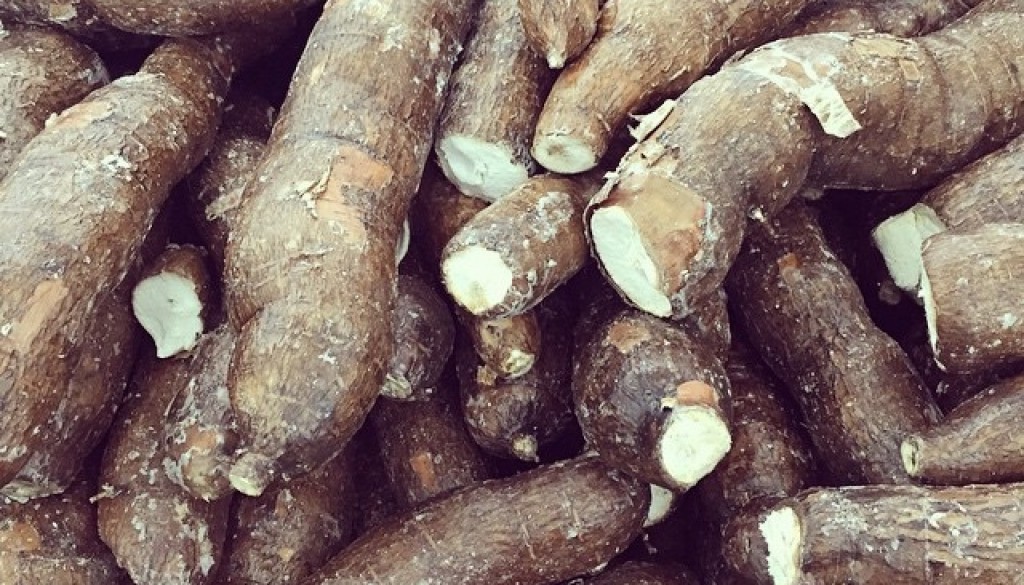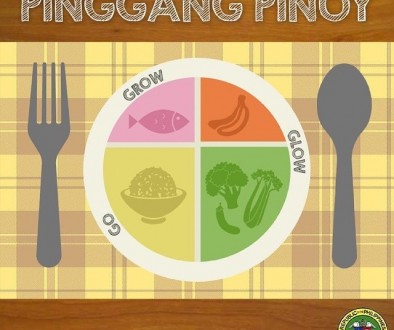What Muslim Filipinos Have Traditionally Eaten in the Southern Philippines

When the Spaniards came to the Philippines in the sixteenth century, Islam was the religion in many parts. Islam had a firm hold on the islands of Mindanao and Sulu in the South, which throughout the Spanish rule had fiercely preserved their independence and Arabic culture.
The American period (1898-1946) brought Luzon, Visayas and Mindanao under one rule. But although there was political contact, the Filipino Muslims (formerly called Moros for “Moors”) had little social interaction with the rest of the country. The Christians up north had little idea of what the average Muslim was cooking in the kitchen.
Religious considerations obviously cancel pork from the menu. Not having imbibed Spanish savors or been influenced by American taste, the Muslim Filipino’s cooking in general remains strongly ancestral — therefore Malay, utilizing a good deal of coconut milk and ground spices. A meal is incomplete without small red hot chilis which are as necessary on the table as salt.
Cassava takes the place of rice in most parts of Mindanao. The endurance of Filipino Olympic swimmers, most of whom come from the Sulu archipelago is often attributed to cassava. This root crop also accounts, they say, for the tenacity of the Muslim fighter. You cannot kill a Moro, it is said, because he attacks even when badly wounded.

According to the Tausugs of Sulu, it should be cassava — not rice — that accompanies fish and other seafoods. Rice goes with beef and chicken. This is as important as the knowledge that white wine traditionally goes with fish and red wine with beef.
In Sulu, cassava is served in different ways. Flour made out of cassava is cooked into puto, a fluffy white native cake. Cassava tubers may be exposed to the elements for two weeks until they are dry and black. Then they are soaked, chopped, boiled and served with grated coconut. This form is called taajil. Another way to cook cassava is into piyuto. Thick batter is placed in the hollow of a coconut shell placed in a pot of boiling water. Three small holes on the bottom of the shell let in the steam that cooks the piyuto.
Piyuto is grated cassava in a coconut shell. It is served instead of rice
Shanglag is leftover piyuto stir-fried until hot and crusty.


